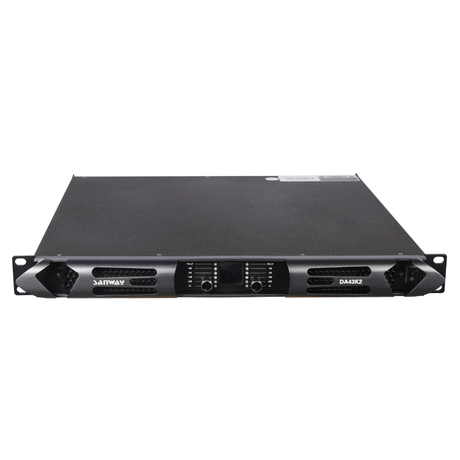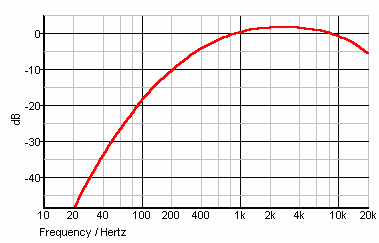cavedriver
Addicted to Fun and Learning
Someone asked about these Chinese-made pro audio amps in another forum and it got me looking at their specs. Pretty crazy numbers. For example, if they really measured at >110 SNR wouldn't that be in the top 3 amps ever measured by ASR? I didn't see them hardly mentioned here when I searched.
They are stunningly cheap for the power - $880 if Aliexpress can be trusted (plus $250 for shipping). They are also relatively small - 1U rack size for 17,100 watts into 4 ohms. They are marketed as "subwoofer amplifiers" but their specs look like they would work fine full range. Granted almost no home use would ever need that much power. They are apparently reasonably well regarded as PA amps. Note that with a max draw of 85 amps (!), I would need to wire a new circuit to my movie room if I wanted to run a pair of subs of one of these.
Edit- as a further thought, with several cooling fans across the back, even putting the unit in my "media closet" in the rack it would probably still raise the noise floor in the movie room, so that's kind of a fail. Maybe I could 3D print a duct and use larger and quieter Noctua fans.

 www.china-sanway.com
www.china-sanway.com
They are stunningly cheap for the power - $880 if Aliexpress can be trusted (plus $250 for shipping). They are also relatively small - 1U rack size for 17,100 watts into 4 ohms. They are marketed as "subwoofer amplifiers" but their specs look like they would work fine full range. Granted almost no home use would ever need that much power. They are apparently reasonably well regarded as PA amps. Note that with a max draw of 85 amps (!), I would need to wire a new circuit to my movie room if I wanted to run a pair of subs of one of these.
Edit- as a further thought, with several cooling fans across the back, even putting the unit in my "media closet" in the rack it would probably still raise the noise floor in the movie room, so that's kind of a fail. Maybe I could 3D print a duct and use larger and quieter Noctua fans.
| ITEM | DA43K2 |
| 8Ω Stereo Power(RMS) | 4300W ×2 |
| 4Ω Stereo Power(RMS) | 7900W ×2 |
| 2Ω Stereo Power(RMS) | 8600W ×2 |
| 8Ω Bridged Power(RMS) | 15700W |
| 4Ω Bridged Power(RMS) | 17100W |
| Frequency response | 20 Hz-20 kHz(1W@8Ω,±0.5 dB) |
| Total Harmonic Distortion (THD) | <0.5%from 1 W to full power (Typical value<0.05%) |
| Signal-to-Noise Ratio 8Ω, 1kHz,1v Sensitivity | >110 dBA (20 Hz-20 kHz,A weighted) |
| Gain.Sensitivity | 32dB,35dB,38dB,41dB |
| Cross-talk( 20Hz- 1kHz, below Rated Power ) | >66 dB @1 kHz |
| Slew Rate | 50 V/μs @8Ω |
| Maximum Output Voltage/Current | 185V/85A(370V in the BRIDGE MODE) |

DA43K2 17200W Gallium Nitride class d audio power amplifier for subwoofer - Buy gallium Nitride amplifier, subwoofer audio amplifier, class d audio power amplifier Product on Sanway Professional Audio Equipment Co., Ltd.
DA43K2 17200W Gallium Nitride class d audio power amplifier for subwoofer, find complete details about DA43K2 17200W Gallium Nitride class d audio power amplifier for subwoofer, gallium Nitride amplifier, subwoofer audio amplifier, class d audio power amplifier - Sanway Professional Audio...
Last edited:
